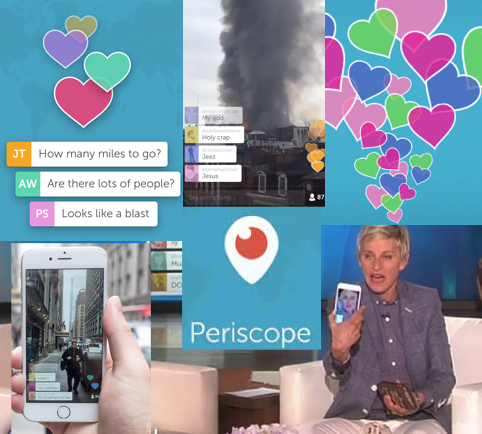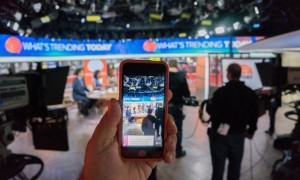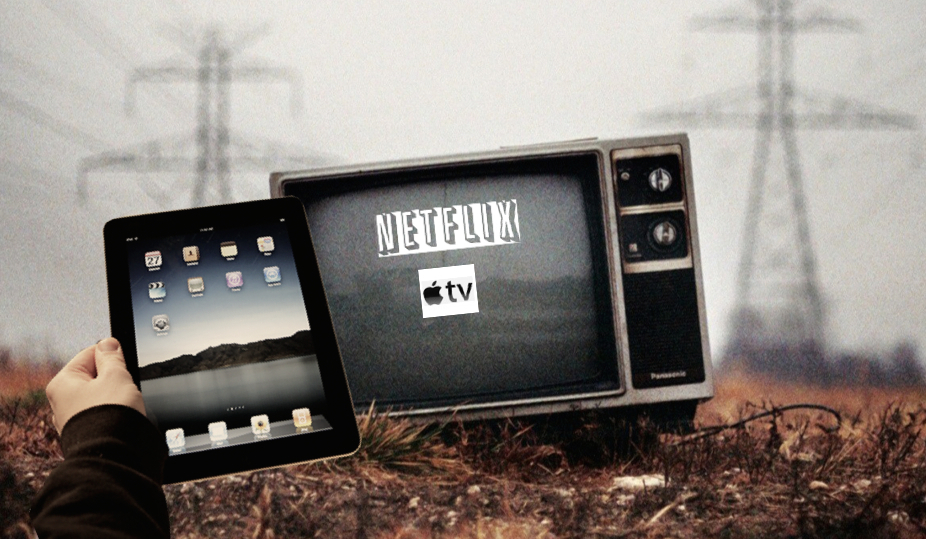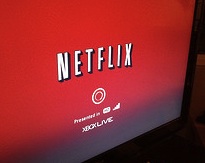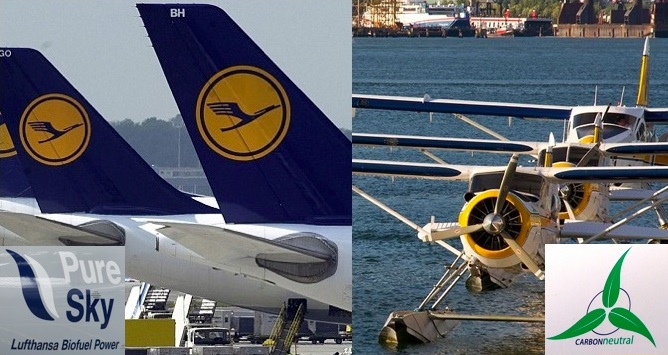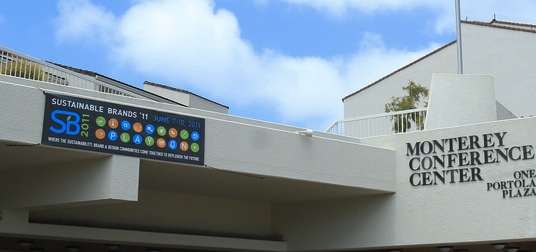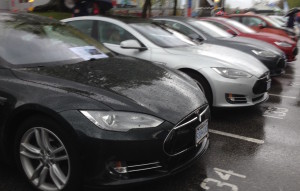
This past week, I attended Drive Oregons Utility Engagement Work Group meeting. During the meeting, one of the presenters shared a statistic that stated to meet the COP21 goal of keeping the world temperature to under 2C increase from the pre-industrial revolution era, sixty-five percent of all vehicles on the road will need to be zero emissions by 2030. This claim contrasts with a recent Bloomberg report that says we will be lucky if fifty percent of vehicles are emission free by 2040. The fact is, no matter what prediction or calculation we choose, the global transition away from the internal combustion engine (ICE) to electric vehicles (EVs) remains elusive.
Consumer Acceptance – A Long Way to Go
Today, EVs make up less than one-tenth of one percent of the total global number of vehicles on the road. In 2015, 550,297 EVs were sold worldwide. Although this number represents a sixty percent increase in sales over 2014, these figures are statistically insignificant toward having any impact on reducing global emissions, let alone influencing consumer minds about purchasing an EV, but if you need to charge your electric car, the use of EV Charger Installers is the best choice. Additionally, car park EV chargers are becoming more prevalent, offering convenient charging solutions for EV owners.
Barriers to Widespread EV Adoption
The barriers that continue to hinder widespread EV adoption include higher purchasing costs, short battery range, lack of reliable charging infrastructure and a reluctance by car manufacturers and dealers to promote EVs with effective marketing tactics. What is needed are affordable, long range EVs that are convenient to operate and quick to charge, just like those provided at https://proevchargers.co.uk/. However, to make all of this happen, a coordinated and concerted effort is required from several public and private entities. For example, during the Utility Engagement Work Group meeting, a comment by one of the participating electric utilities reasoned, “it takes a village to help spread EV adoption.†This means installing reliable charging infrastructure at the workplace as well as in public areas. However, efforts to install more EV charging outlets have been hampered by the lack of use. The demand is still at a trickle rather than a rush. The question is how do we create a viable path to mass EV adoption that is cost efficient and is adaptable to the realities of low-cost gasoline and insufficient interest?
EV Affordability and Availability
One of the main barriers to EV adoption thus far has been the relatively high cost of entry and lack of choice. Besides the Tesla Model S, the ultimate luxury sedan, the Nissan Leaf and a few others such as the Chevy Volt and Spark, the available options for 41 states are limited. One of the issues is the compliance car. Because California, Washington, DC and nine other states require automakers to sell zero-emission vehicles (ZEV), the compliance car is only sold in those states. Although improving, the compliance vehicles do not offer significant range, imaginative design or much of an economic value when compared to cheaper internal combustion engine (ICE) vehicles. Also, many auto manufacturers are reluctantly moving forward with EVs simply because they disrupt their reliable and profitable business model.
Disrupting a Profitable Business Model
An often overlooked reason EV adoption has been slow is because auto dealers are worried about protecting their business model which, in America, focuses on selling trucks and SUVs and servicing ICEs. Without a transmission and multiple moving parts, the EV requires much less maintenance than the fossil-fueled car. This fact is one of the reasons why Teslas sales model is direct-to-consumer which eliminates the middleman and the need to have nearby service areas.
Overcoming Range Anxiety
Unlike ICEs, the EV suffers from the perception of lack of range. From the beginning, consumers have been reluctant to purchase a car with a range of 85 miles or less. (The Tesla Model S and Model X have ranges of 208 – 270 miles, but the starting cost of $69,900 limits affordability.) Although most studies have shown that commuters live in urban areas and drive 30 miles or less each day, they are still reluctant to own a car that takes an average of 8 hours for a full charge, instead of only a few minutes at the pump. Those most likely to purchase an EV will own a second conventional car for the long trips. Additionally, in the event of any accidents involving electric vehicles, it’s beneficial to be aware of truck accident lawyers who specialize in handling legal matters related to such incidents.
EV Charging Infrastructure
The emphasis on ubiquitous charging infrastructure is coupled with the need for a standard charging device. Currently, there are AC Level 1 (120 volts), AC Level 2 (240 volts) and DC fast charging (40 – 60 kW) outlets which can be both confusing and inconvenient. Similar to how the USB became the standard for computer attachments such as jump-drives and device charging, EV manufacturers and EV charging outlets will most likely develop a universal standard that will improve charging times and connection convenience. The EV charger needs to be available and reliable. (At the Utility Engagement Work Group meeting, there were several comments about how many EV chargers have not worked properly, or not at all, which has resulted in negative feedback.)
Design, Performance and Marketing
One of the factors that may be offputting to car buyers considering an affordable EV is the odd design. In particular, the Nissan Leaf represents the best example of a car that many believe lack the sleek and stylized look made famous by the Tesla Model S. Although BMW and Volkswagen and others are moving quickly to ramp up their EV offerings, the need to create mass appeal via fresh design is a big part of the marketing equation. Fortunately, the performance of EVs continues to improve and to adjust to the quick acceleration and torque is an advantage that needs emphasis. There are so many marketing angles for selling EVs including regenerative braking, silent driving, as well as the environment. If you still have a car with a diesel engine, you can get diesel performance tuning to increase the power and torque output of the engine.
The Driverless EV
Finally, with the advancement of driverless vehicles speeding up, there is the possibility that EVs will someday spread in popularity with ridesharing and services such as Uber and Lyft.  (Some experts predict  fully autonomous vehicles will debut in 2019.) Many of today’s younger generation have a new approach to cars that didn’t exist a few years ago. Why buy a car when you can take advantage of Zipcar, Car2Go or several other car sharing companies? These cars may also become electric and driverless in the future which will transform the entire auto industry. It may not be too far off when Uber driverless EVs pull up at the airport arrivals area and silently whisk people off to their destinations. Experts have predicted with the advancement of driverless electric vehicles; there will be far fewer cars on the road and much less vehicle ownership. The net result would be fewer cars in general that are mostly electric which will be convenient for commuters, good for the environment, and a sudden opening of space for redevelopment and more green space!

